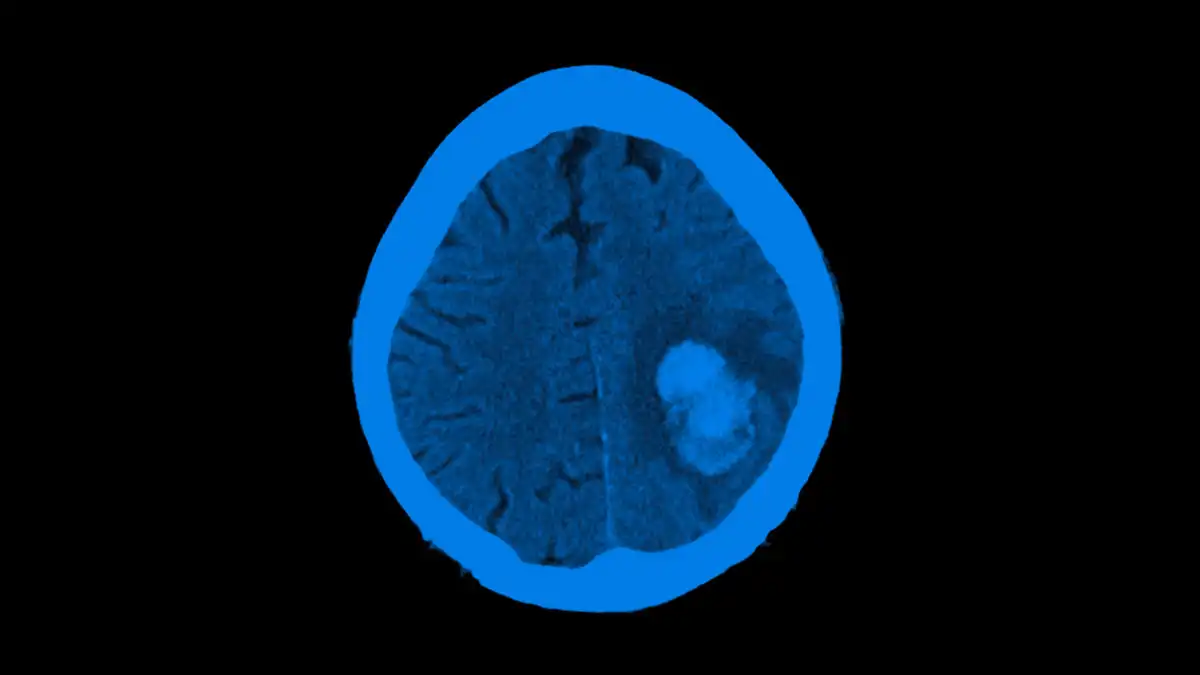
Viz™ AORTIC
A Review of Mature Machine Learning and Artificial Intelligence...
Background After years of both increasing enthusiasm and skepticism by surgeons and patients, the first artificial intelligence (AI) and machine...
May 05, 2023

Cerebral Aneurysms (CAs) may occur in 5-10% of the population. They can be often missed because they require a very methodological diagnostic approach. We developed an algorithm using artificial intelligence to assist and supervise and detect CAs.
We developed an automated algorithm to detect CAs. The algorithm is based on 3D convolutional neural network modeled as a U-net. We included all saccular CAs from 2014 to 2016 from a single center. Normal and pathological datasets were prepared and annotated in 3D using an in-house developed platform. To assess the accuracy and to optimize the model, we assessed preliminary results using a validation dataset. After the algorithm was trained, a dataset was used to evaluate final IA detection and aneurysm measurements. The accuracy of the algorithm was derived using ROC curves and Pearson correlation tests.
We used 528 CTAs with 674 aneurysms at the following locations: ACA (3%), ACA/ACOM (26.1%), ICA/MCA (26.3%), MCA (29.4%), PCA/PCOM (2.3%), Basilar (6.6%), Vertebral (2.3%) and other (3.7%). Training datasets consisted of 189 CA scans. We plotted ROC curves and achieved an AUC of 0.85 for unruptured and 0.88 for ruptured CAs. We improved the model performance by increasing the training dataset employing various methods of data augmentation to leverage the data to its fullest. The final model tested was performed in 528 CTAs using 5-fold cross-validation and an additional set of 2400 normal CTAs. There was a significant improvement compared to the initial assessment, with an AUC of 0.93 for unruptured and 0.94 for ruptured. The algorithm detected larger aneurysms more accurately, reaching an AUC of 0.97 and a 91.5% specificity at 90% sensitivity for aneurysms larger than 7mm. Also, the algorithm accurately detected CAs in the following locations: basilar(AUC of 0.97) and MCA/ACOM (AUC of 0.94). The volume measurement (mm3) by the model compared to the annotated one achieved a Pearson correlation of 99.36.
The Viz.ai aneurysm algorithm was able to detect and measure ruptured and unruptured CAs in consecutive CTAs. The model has demonstrated that a deep learning AI algorithm can achieve clinically useful levels of accuracy for clinical decision support.
Researcher:
Dr. Vitor Mendes Pereira
Publication:
StrokeDate Published: February 12, 2020
Feb 12, 2020